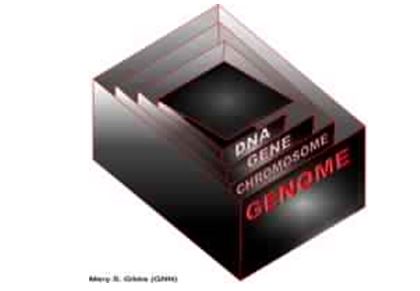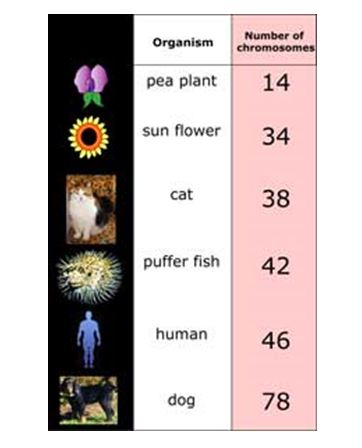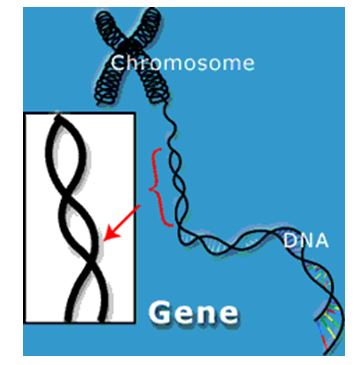Source: The Hindu, Live Mint and Indian Express
INDIA PAKISTAN TRADE
Context
- The Ministry of Home Affairs (MHA) suspended the cross-Line of Control (LoC) trade in Jammu and Kashmir.
Essentials:
- In a major confidence building measure, cross-LoC trade was started in 2008 by setting up two Trade Facilitation Centres located at Uri’s Salamabad in Baramulla, and Chakkan-da-Bagh in Poonch.
- The trade took place four days a week.
- It was based on barter system and zero duty basis.
The reasons for the suspension of the cross-Line of Control (LoC) trade in Jammu and Kashmir are:
- Funnelling of illegal weapons, narcotics and fake currency.
- The trade has changed its character to mostly third party trade and products from other regions, including foreign countries, are finding their way through this route.
- It also pointed out that the Government of India after the Pulwama attack withdrew the Most Favoured Nation status to Pakistan and “inputs suggested that in order to evade the consequent higher duty, the LoC trade was likely to be misused to a much larger extent.”
- India’s total trade with Pakistan stood at $2.4 billion in 2017-18, with just $488.56 million of this being imports from Pakistan.
- Pakistan has never granted the Most Favoured Nation (MFN) status to India.
GENOME SEQUENCING
Context: In an indigenous genetic mapping effort, nearly 1,000 rural youth from the length and breadth of India will have their genomes sequenced by the Council of Scientific and Industrial Research (CSIR).
Genome
- A genome is all of a living thing’s genetic material. It is the entire set of hereditary instructions for building, running, and maintaining an organism, and passing life on to the next generation.
- In most living things, the genome is made of a chemical called deoxyribonucleic acid (DNA), a chemical compound that contains the genetic instructions needed to develop and direct the activities of every organism.
- The genome contains genes, which are packaged in chromosomes and affect specific characteristics of the organism.

- Each one of earth’s species has its own distinctive genome.
- Genomes not only belong to species, but they also belong to individuals.
- Unless you are an identical twin, your genome is different from that of every other person on earth—in fact, it is different from that of every other person who has ever lived.
Chromosomes
- A chromosome is a package containing a chunk of a genome—that is, it contains some of an organism’s genes.
- Chromosomes help a cell to keep a large amount of genetic information neat, organized, and compact.
- Chromosomes are made of DNA and protein.
- How many chromosomes do organisms have? Closely related species tend to have a similar number of chromosomes.
- For example, chimpanzees, our closest cousins, have 48 chromosomes in each of their cells.
- But aside from this general rule, there is very little rhyme or reason to how many chromosomes a species has.

What makes one chromosome different from another?
- Though similar in basic appearance, different chromosomes vary slightly in size and shape.
- In addition, when chromosomes are stained with fluorescent dyes they develop distinctive patterns of bright and dark bands.
- These subtle differences enable cell biologists to distinguish different chromosomes from one another.
- Most of an organism’s chromosomes—generally all except for one pair (sex chromosomes)—are called autosomes, which are the same in males and females. Humans have 22 pairs of autosomes.
- Many organisms also have a pair of sex chromosomes, which differ between males and females.
- In humans, a female has two identical sex chromosomes. A male has one sex chromosome that is like those of females, and one that is smaller and differently shaped.
- In scientific shorthand, the female’s sex chromosomes are referred to as XX, and the male’s as XY.
- The sex chromosomes of many other species have a similar pattern, but it is not the only possibility.
- In grasshoppers, females have two identical sex chromosomes, while males have only one sex chromosome and are said to be XO.
- In birds, butterflies, and moths, it is the males that have two identical sex chromosomes—they are XX—and females are XY or XO.
- Note: People with Down’s syndrome have too many chromosomes, and chromosome rearrangements (when a part of a chromosome breaks off and reattaches to a different chromosome) are associated with certain cancers.
Genes
- A gene is a small piece of the genome. It’s the genetic equivalent of the atom: As an atom is the fundamental unit of matter, a gene is the fundamental unit of heredity.

- Genes are found on chromosomes and are made of DNA.
- Different genes determine the different characteristics, or traits, of an organism.
- In the simplest terms (which are actually too simple in many cases), one gene might determine the colour of a bird’s feathers, while another gene would determine the shape of its beak.
- The number of genes in the genome varies from species to species. More complex organisms tend to have more genes.
- Bacteria have several hundred to several thousand genes.
- Estimates of the number of human genes, by contrast, range from 25,000 to 30,000.
- All individuals in a species have the same set of genes. Individuals have two copies of each gene, one inherited from each parent.
- Genes tell a cell how to make proteins. Roughly speaking, each gene is a set of instructions for making one specific protein.
TENDER VOTE
Context: Polling officials at a booth in Dalgaon in Assam’s Mangaldoi constituency let a woman recast her vote after she complained against one of them having forced her to vote for a party she did not support.
Essentials:
Tender Vote
- According to the Conduct of Elections Rules, 1961, a voter is allowed to cast a ‘tendered vote’ where someone else representing to be a particular voter has already cast that vote.
- The presiding officer may allow the actual voter to vote, if the person is able to prove his or her identity. They would be provided a ballot paper to mark symbol and it would be placed in a cover specially kept for the purpose.
RIGHT TO VOTE IN INDIA
Context: The Supreme Court is hearing a plea filed by a law student questioning an electoral law which denies undertrials and convicts their right to vote.
Essentials:
- In India, the right to vote is provided by the Constitution and the Representation of People’s Act, 1951, subject to certain disqualifications.
- Article 326 of the Constitution guarantees the right to vote to every citizen above the age of 18.
- However, Section 62(5) of the Representation of People Act of 1951 mandates that “no person shall vote at any election if he is confined in a prison, whether under a sentence of imprisonment or transportation or otherwise, or is in the lawful custody of the police”.
- The provisions however exempt a person held under preventive detention from this rigour.
- The Supreme Court in 2002, and subsequently in 2003, made it mandatory for all candidates contesting elections to disclose criminal, financial and educational background prior to the polls by filing an affidavit with the Election Commission.
- As for serious criminal charges, if the chargesheet is filed against the candidate at least a year before the polls, he should be disqualified until proved innocent.
Electoral Roll
- An electoral roll is a list of persons who are eligible to vote.
- The first day of January of the year is the qualifying date of revision of the electoral role i.e., if one is 18 years old on or after the 1st January of a particular year he can apply for a voter ID in that year.
SEVERE COMBINED IMMUNODEFICIENCY SYNDROME
Context: Scientists turned one of the immune system’s worst enemies HIV, the virus that causes AIDS, into a saviour, altering it so it couldn’t cause disease and then using it to deliver a gene to fix ‘bubble boy’ disease.
Essentials:
What is SCID?
- SCID is a group of very rare, life-threatening diseases that are present at birth.
- The disease causes the child to have very little or no immune system. As a result, the child’s body is unable to fight off infections.
- This disease process is also known as the “boy in the bubble” syndrome because living in the normal environment can prove fatal to these children.
What causes SCID?
- SCID is a group of inherited disorders.
- Many genetic defects can cause SCID. These defects reduce the ability of white cells in the blood to fight infection.
- The best treatment for this disease is a bone marrow transplant (BMT), which, in most cases, would cure the problem.





